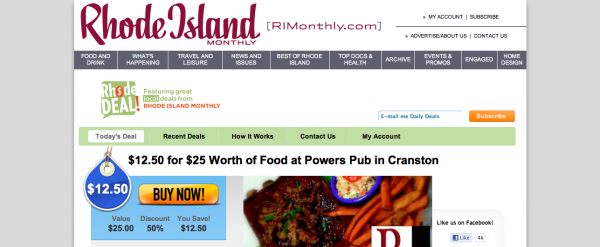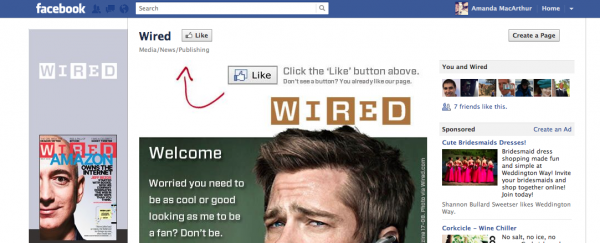 There’s no doubt about it—publishers got much smarter about their online marketing strategies this past year. It’s not clear which empire(s) paved the way and made it “ok” for everyone else to jump on board (sort of like the day Oprah discovered Twitter) but we’re glad it happened. More attention is being paid to socially savvy customers than ever before, and it’s a good thing because consumers are becoming more socially outspoken by the minute.
There’s no doubt about it—publishers got much smarter about their online marketing strategies this past year. It’s not clear which empire(s) paved the way and made it “ok” for everyone else to jump on board (sort of like the day Oprah discovered Twitter) but we’re glad it happened. More attention is being paid to socially savvy customers than ever before, and it’s a good thing because consumers are becoming more socially outspoken by the minute.
If you’re curious to know how the publishing industry evolved this past year, let’s take a look at these socially savvy habits that developed:
- Staying Aligned. Publishers recognized the growing trend of consumers who are supporting small businesses and shopping local. In order to help customers stay aligned with our large publishing brands, we started shopping locally too. Independent artists from Etsy.com started covering featured product pages and delicacies from Artisan food-makers on Foodzie.com graced the covers of food magazines. As publishers and influential mainstream media, we started supporting small independent businesses.
- Testing Daily Deals. A few savvy publishers took to using the Daily Deal rage to their benefit. Rhode Island Monthly started their own daily “Rhode Deal” integrated deeply into their website to take advantage of their existing email list. Interweave, craft publishers, created FlockShop, a stand-alone Daily Deal site for artists that is able to sell products to many different niches that match the diversity of their many magazine titles.
- Monetizing Many Lists. This year publishers discovered that social networks aren’t just for starting conversations—they happen to be incredible lead generation tools. Publishers spent more time optimizing their social media profiles, driving traffic back to their website creatively, and collecting email addresses using custom tabs.
- Trying Harder. Because of the above realizations, even the big guys put in more effort to collect fans and followers. Wired, Women’s Health, Prevention and others clearly took time to build marketing strategies around building their Facebook lists. Professional graphic promotions combined with exclusive freemiums and specials give fans a reason to stay subscribed—perhaps longer than they would to an email list.
- Encouraging User-Generated Content. Publishers like BusinessWeek and Chicago Tribune have become infamous for their social savviness. BusinessWeek’s Business Exchange has become the Digg, or BuzzFeed of business news, while the Chicago Tribune’s TribNation is a completely transparent, almost stand-alone community for loyal readers. Online publisher SEOMoz even built YouMoz, a blogging platform that allows users to submit their own articles and where good ones get featured on the main SEOMoz blog—a great idea for any publisher.
Is there more to add to this list that you’ve watched unfold? Let’s dish in the comments. I’d love to hear your own personal stories of running with, or against the grain of social media marketing this past year.




